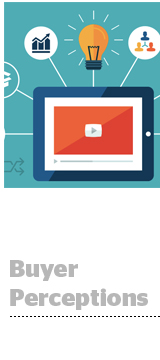 Marketers are warming to social platforms as repositories of video inventory.
Marketers are warming to social platforms as repositories of video inventory.
Sixty-five percent of marketer respondents to a recent survey say social companies rank Facebook, Twitter and Snapchat among their “most important partners” when executing digital video campaigns.
That’s significantly more than the 55% who called out video platforms like YouTube and Vevo.
Meanwhile 24% listed publisher direct buys (e.g., BuzzFeed and Vox) as a top choice, 29% singled out ad networks and a mere 22% gave a shout-out to video demand-side platforms.
The survey of 300 agencies and marketers was conducted by Advertiser Perceptions on behalf of Trusted Media Brands, publisher of Reader’s Digest, Taste of Home and 10 other titles.
Meanwhile, the profile of an agency video buyer looks quite different.
Sixty two percent of agency respondents ranked video platforms like YouTube among the most important social channels, while social channels like Facebook came in second at 51%.
Agencies also had stronger sentiments toward their video DSP partners, with 42% ranking their ad tech partner as most important.
“Yes, Snapchat and Facebook have a lot of direct client relationships, but this could also be a case that more business gets transacted between agencies and video networks,” said Rich Sutton, chief revenue officer for Trusted Media Brands.
To Sutton, the big story is Facebook’s rapid uptick in awareness among brand buyers, both for native video and Facebook Live.
Forty-six percent of respondents agreed that Facebook’s autoplay video format is more accepted than it used to be, while 40% believe Facebook autoplay should set the standard for the rest of the video industry.
“I was borderline shocked by that,” Sutton said. “When you click to play a video, you have the [intent of] watching the video, but what we saw was, some people liked autoplay because they didn’t have to make the effort to click.”
He credits Facebook with helping condition consumer sentiment with the introduction of autoplay video in the news feed.
In a follow-up poll, Trusted Media Brands queried its own 3,000-person consumer panel and found more than 60% of buyers felt autoplay negatively impacted the user experience. Still, 20% said they were indifferent toward the format while 19% said they like autoplay.












